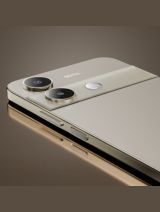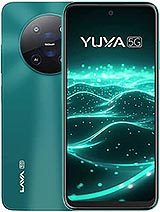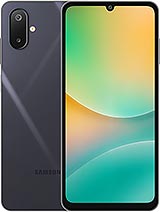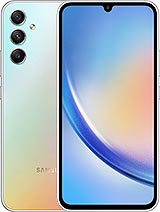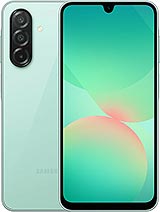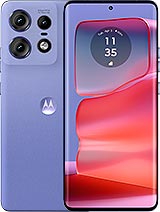Lava Bold N1 alternatives
Tap above to see alternatives.
Nothing Phone (3a) Pro alternatives
Tap above to see alternatives.
Lava Bold N1
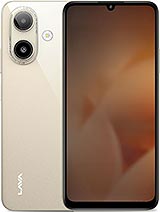
Lava Bold N1
-
Unisoc SC9863A
28 nm
-
5000 mAh
10W
-
6.75"
720 x 1600 pixels
-
13 MP
1080p@30fps
-
Specs

Nothing Phone (3a) Pro
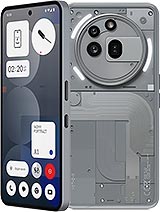
Nothing Phone (3a) Pro
-
Snapdragon 7s Gen 3
4 nm
-
5000 mAh
50W
-
6.77"
1080 x 2392 pixels
-
50 MP
4K@30fps
-
Specs

4x1.6 GHz Cortex-A55
4x1.2 GHz Cortex-A55
1x2.5 GHz Cortex-A720
3x2.4 GHz Cortex-A720
4x1.8 GHz Cortex-A520
8GB 256GB (UFS 2.2)
12GB 256GB (UFS 2.2)
f/2.0, (wide), 1/3.1", 1.12µm, PDAF
f/1.9, 24mm (wide), 1/1.56", 1.0µm, dual pixel PDAF, OIS
50 MP
f/2.6, 70mm (periscope telephoto) (15cm - ∞), 1/1.95", 0.8µm, PDAF, OIS, 3x optical zoom
8 MP
f/2.2, 15mm, 120˚ (ultrawide), 1/4.0", 1.12µm
1080p@30/60/120fps
f/2.2, 24mm (wide), 1/2.76"
1080p@30fps
SIM1: Nano, SIM2: Nano
SIM1: Nano, SIM2: Nano
FDD: N1, N2, N3, N5, N7, N8, N12, N20, N28
TDD: N38, N40, N41, N48, N66, N77, N78
FDD: N1, N2, N3, N5, N7, N8, N12, N20
TDD: N38, N40, N41, N48, N66, N77, N78
In this performance comparison, the Nothing Phone (3a) Pro with its Qualcomm Snapdragon 7s Gen 3 (4nm) performs better than the Lava Bold N1 with the Unisoc Unisoc SC9863A (28nm), thanks to superior chipset efficiency.
Nothing Phone (3a) Pro features a superior AMOLED display, while Lava Bold N1 comes with an LCD panel. In terms of smoothness, Nothing Phone (3a) Pro offers a higher 120 Hz refresh rate, ensuring fluid scrolling and animations. Both devices deliver the same brightness level at nits. Notably, Nothing Phone (3a) Pro offers a higher screen resolution, resulting in sharper visuals and more detailed content.
Both phones are equipped with the same 5000 mAh battery capacity. Nothing Phone (3a) Pro also supports faster wired charging at 50W, compared to 10W on Lava Bold N1.
Nothing Phone (3a) Pro offers better protection against water and dust with an IP64 rating.
- Lava Bold N1 – Check price here
- Nothing Phone (3a) Pro – Check price here
¹ Scores can vary even with the same chipset due to RAM, thermals, and software optimization.


